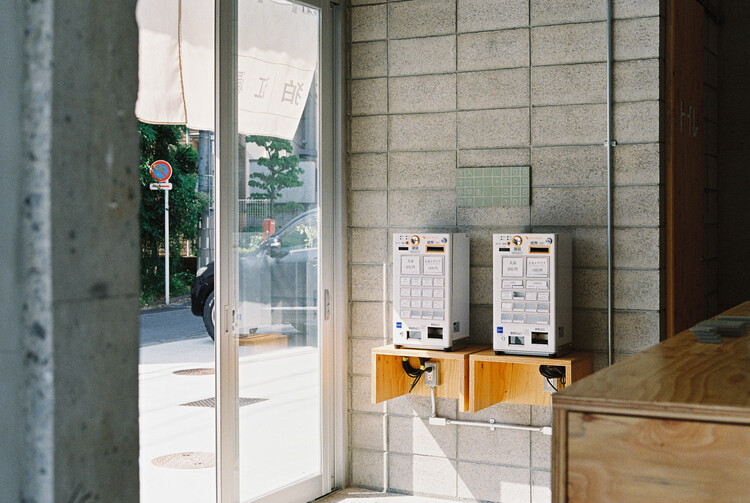
Nestled in the tranquil town of Komae, Japan, the Komae-yu Public Bathhouse stands as a beacon of tradition and community, meticulously crafted by the renowned architects Jo Nagasaka and Schemata Architects. This ambitious project represents a poignant endeavor to preserve the cultural heritage of public bathhouses while reimagining their role in contemporary society.

A Testament to History
In a nod to Japan’s rich cultural tapestry, the Komae-yu Public Bathhouse pays homage to the legacy of sento, or public bathhouses, which flourished in the Kanto region following World War II. Once integral to daily life, these communal spaces fostered social cohesion and served as hubs of community interaction. Today, however, the tradition faces decline as modern amenities render public bathhouses obsolete.
A Visionary Renewal
Amidst this cultural shift, the owner of Komae-yu, Mr. Nishikawa, embarked on a mission to revitalize the bathhouse, recognizing its significance as a cultural landmark. Inspired by the success of their previous project, Kogane-yu, Jo Nagasaka and the Schemata Architects team embarked on a transformative journey to breathe new life into Komae-yu. Embracing the ethos of community engagement, the architects envisioned a space that transcends mere utility, fostering a sense of belonging and connection among patrons.

Blending Tradition with Innovation
Unlike its predecessors, Komae-yu emerges as a testament to architectural innovation, seamlessly blending tradition with contemporary sensibilities. Situated amidst verdant greenery, the bathhouse integrates seamlessly with its natural surroundings, offering patrons a tranquil retreat from the bustle of urban life. Custom-made green tiles, reminiscent of the lush foliage that envelops the site, adorn the bathhouse walls, imbuing the space with a sense of serenity and harmony.
A Mosaic of Experiences
Central to the design narrative of Komae-yu is the celebration of diversity and authenticity. Drawing inspiration from the intricate tile patterns of Kyoto’s historic bathhouses, the architects curated a mosaic of tiles that evoke a sense of nostalgia and wonder. From the subtle interplay of square sizes to the rhythmic alternation of patterns, every detail invites patrons on a journey of discovery, evoking memories of bygone eras and cherished traditions.

Fostering Community Connections
Beyond its architectural splendor, Komae-yu serves as a vibrant community hub, rekindling the spirit of camaraderie and connection. The bathhouse’s seamless integration of bathing facilities with a cozy bar and gathering space invites patrons to linger, forging bonds that transcend mere transactions. In less than a month since its inauguration, Komae-yu has blossomed into a thriving community hub, reclaiming its rightful place as a cherished institution in the hearts of local residents.
Conclusion
In the heart of Komae, amidst the whispers of tradition and the pulse of innovation, the Komae-yu Public Bathhouse stands as a testament to the enduring power of cultural heritage. Through its visionary design and unwavering commitment to community engagement, this iconic landmark embodies the essence of Japanese hospitality, inviting patrons to embark on a journey of rejuvenation and connection. As Komae-yu continues to weave its narrative of tradition and renewal, it serves as a beacon of hope and inspiration, illuminating the path towards a more vibrant and inclusive future.















